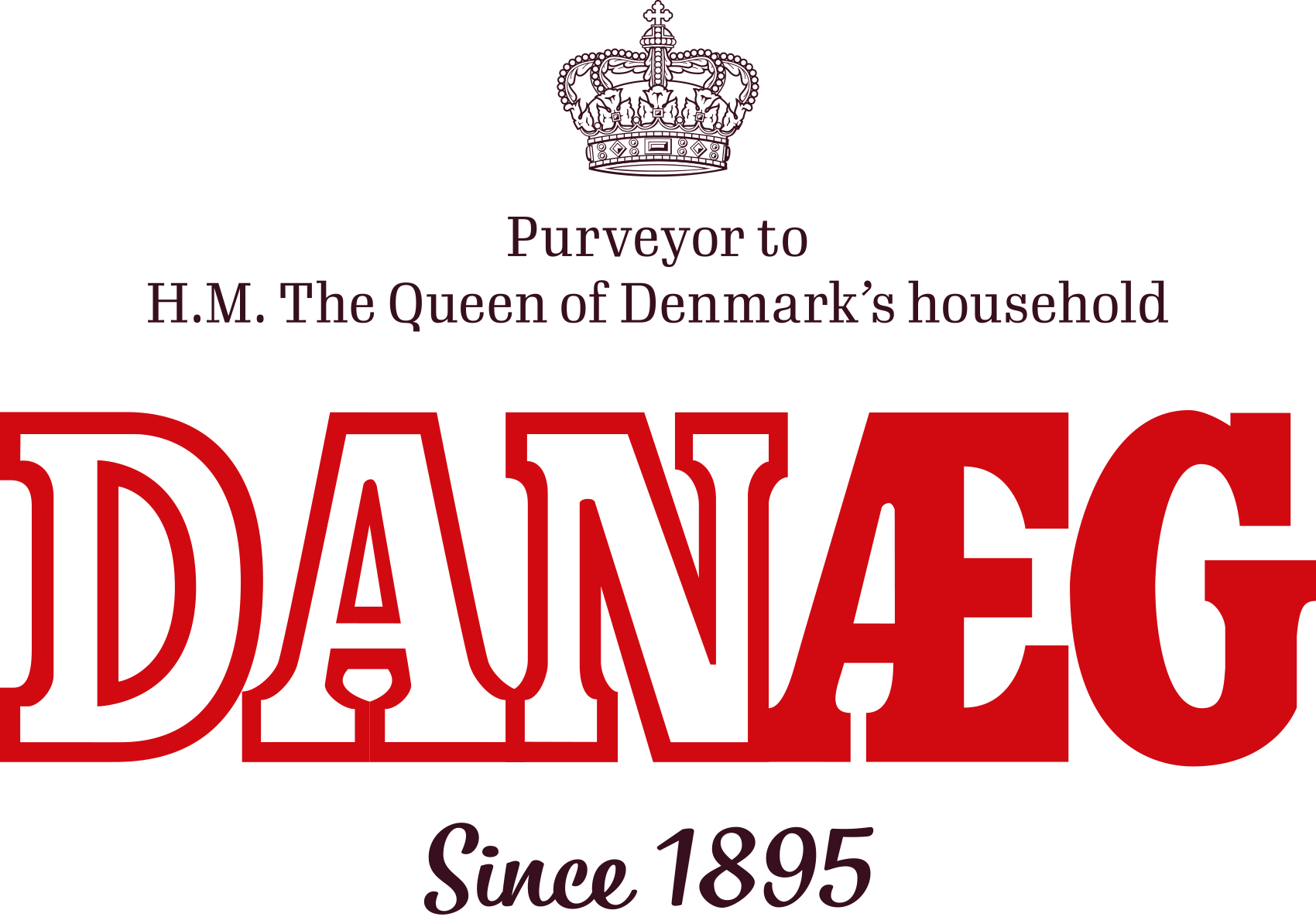SUSTAINABILITY
CO2 emission
We know that 85-95% of the CO2 load occurs at our manufacturers, while only 10 - 15% of the emissions come from our packing plant in Christiansfeld. It is therefore important for our company that we focus on making our consumption and production methods as sustainable as possible.
DLG has done extensive work to ensure that the feed mixtures are climate-declared in a fair manner. DLG uses average standard values and defined guidelines from the international feed industry: the Global Feed LCA Institute (GFLI), which is recognized by the EU. It is combined with DLG’s feed database and concrete data from DLG’s feed production and logistics. “Our customers will also be able to choose a feed mixture that is climate-optimized, just as we currently optimize for protein, energy and other nutrients,” says Jesper Pagh from DLG.

Climate footprint of eggs
The climate footprint of food is most often calculated based on CO2 emissions per capita (1 kg produced product). However, by measuring only the CO2 footprint in relation to 1kg produced product, we underestimate the importance of the nutrient of the product. For example, 100 grams of eggs saturate more than, for example, 100 grams of strawberries, and at the same time eggs contain more protein than strawberries.
In 2019, Denmark’s green think tank CONCITO updated their 2016 report on climate-friendly diets, in which they assess the climate impact of 36 foods in relation to both the calorie, protein and carbohydrate content. Concito’s report illustrates how the perspective can have a major impact on whether a food can be claimed to be climate-friendly or not - which is a point that is rarely presented in the climate debate.
Measuring climate footprint in relation to protein, send eggs towards the top! Animal source foods - such as poultry, eggs and fish - which (in relation to kg produced) are on a medium-high CO2 emission, now have some of the lowest climate footprints, while fruit and vegetables transported by plane have an extremely high climate footprint. Eggs high in protein means, that eggs strike the top only surpassed by chickpeas, oatmeal, potatoes, pasta, hazelnuts, rye bread and poultry.
